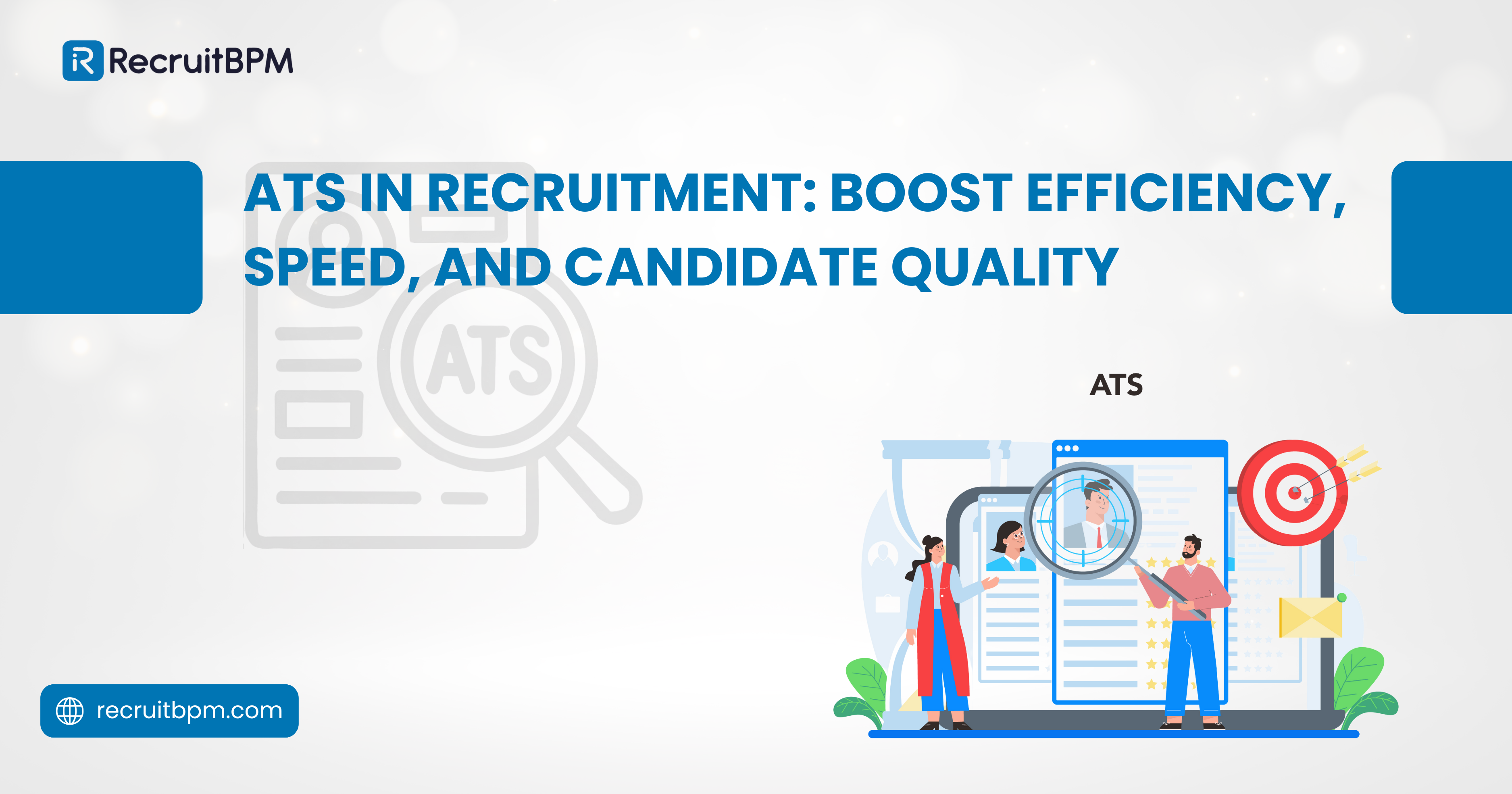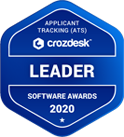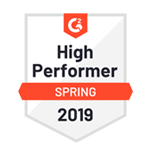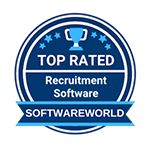Recruitment agencies face an overwhelming challenge: managing hundreds or thousands of candidates across multiple job openings while maintaining quality, speed, and personalized communication. Manual processes collapse under this volume, creating chaos that costs placements and damages reputation.
The solution that transformed modern recruitment isn’t revolutionary—it’s systematic. Applicant Tracking Systems have evolved from simple databases into sophisticated platforms that power every stage of talent acquisition. Understanding how to leverage ATS capabilities separates thriving agencies from those drowning in spreadsheets and missed opportunities.
What is an Applicant Tracking System (ATS)?
An Applicant Tracking System is software that manages the complete recruiting and hiring process, from initial job postings through candidate placement. At its core, an ATS collects applications, organizes candidate information, and makes this data searchable and actionable for recruitment teams.
Modern ATS platforms function similarly to customer relationship management systems but are specifically designed for recruitment tracking purposes. The software automates repetitive tasks like resume parsing, candidate communication, interview scheduling, and compliance documentation that previously consumed hours of recruiter time.
Key capabilities include posting jobs to multiple boards simultaneously, parsing resumes to extract relevant information, screening applications against qualification criteria, tracking candidates through hiring stages, maintaining communication histories, and generating analytics on recruitment performance. Advanced systems integrate AI-powered matching, predictive analytics, and automated workflow triggers that respond to candidate actions.
The technology originated as simple storage solutions for compliance purposes but has transformed into comprehensive talent acquisition platforms. Today’s ATS serves as the central nervous system of recruitment operations, connecting every process and person involved in hiring.
Why Applicant Tracking System (ATS) Matters for Recruitment Agencies?
The recruitment industry has reached a point where ATS adoption separates successful agencies from struggling competitors. The statistics tell a compelling story about necessity rather than choice.
Currently, 98.4% of Fortune 500 companies rely on applicant tracking systems for their hiring processes. Among large organizations, 67% use ATS platforms, while 35% of small businesses have implemented these solutions. This widespread adoption creates a standardized expectation—candidates expect ATS-powered experiences, and clients demand the efficiency these systems provide.
Efficiency gains drive immediate value
Research indicates that effective ATS implementation can decrease average hiring cycles by up to 60%. When recruitment agencies compete on speed to placement, this reduction in time-to-hire represents a significant competitive advantage. Faster placements mean more satisfied clients and increased revenue potential.
Quality improvements justify investment
Studies show that 62% of teams using an ATS find more high-quality candidates compared to those relying on traditional manual methods. The software’s ability to search, filter, and match candidates against specific criteria ensures better alignment between candidate capabilities and job requirements.
Daily operations depend on ATS functionality
Approximately 70% of in-house recruiters use their ATS daily, integrating it deeply into their workflows. This frequency demonstrates that ATS platforms aren’t occasional tools but rather essential infrastructure for modern recruitment operations.
User satisfaction validates effectiveness
An impressive 78% of companies report that ATS implementation has made their hiring process easier than ever. Additionally, 86.1% of recruiting professionals admit that applicant tracking software helped them hire faster and more effectively. These satisfaction rates indicate genuine value delivery rather than theoretical benefits.
Market growth reflects increasing importance
The ATS market, valued at $2.56 billion in 2023, is projected to reach $4.87 billion by 2033, growing at 6.6% annually. This expansion mirrors the recruitment industry’s recognition that systematic, technology-enabled processes outperform manual alternatives.
Resource allocation improves dramatically
Currently, 45% of business leaders spend more than half their time on talent acquisition tasks. ATS platforms reduce this burden by automating administrative work, allowing recruiters to focus on relationship-building and strategic activities that require human judgment.
How to Use Applicant Tracking System (ATS) Effectively?
Purchasing an ATS doesn’t guarantee success. Strategic implementation and ongoing optimization determine whether the investment delivers promised returns.
Define clear processes before implementation
Map your current recruitment workflow, identifying bottlenecks and inefficiencies. ATS platforms work best when they automate well-designed processes rather than digitizing chaotic ones. Establish standardized stages, communication templates, and decision criteria before configuring your system.
Customize for your specific needs
Generic ATS configurations rarely match agency requirements perfectly. Customize candidate stages to reflect your actual process, create custom fields that capture information important to your niche, and build workflows that trigger actions specific to your business model.
Train teams comprehensively
Software capabilities mean nothing if recruiters don’t use them correctly. Provide thorough training on search functions, workflow management, reporting capabilities, and integration features. Ongoing education ensures teams leverage new features as platforms evolve.
Maintain data quality rigorously
ATS effectiveness depends entirely on input accuracy. Establish standards for job descriptions, candidate profiles, and communication documentation. Clean data enables powerful search and matching capabilities; inconsistent data creates frustrating false positives and missed opportunities.
Leverage analytics for continuous improvement
Modern ATS platforms generate extensive performance data. Track metrics like time-to-fill, source effectiveness, candidate progression rates, and placement success. Use these insights to refine processes, allocate resources strategically, and identify improvement opportunities.
Integrate with complementary tools
ATS platforms shouldn’t operate in isolation. Connect your system with job boards, social media platforms, assessment tools, background check services, and communication platforms. Integration eliminates manual data transfer and creates seamless candidate experiences.
Prioritize candidate experience
Remember that ATS platforms interact with candidates, not just recruiters. Ensure application processes are mobile-friendly, communication is timely and personalized, and status updates are transparent. Positive candidate experiences enhance your employer brand and increase acceptance rates.
Establish compliance safeguards
ATS systems must support legal requirements around equal opportunity employment, data privacy, and record retention. Configure your platform to maintain necessary documentation, anonymize data appropriately, and generate compliance reports.
Common Challenges with Applicant Tracking System (ATS)?
Despite significant benefits, ATS implementation introduces challenges that agencies must address proactively to maximize value.
Complexity overwhelms users initially
Modern ATS platforms offer extensive features that can intimidate new users. The learning curve from basic functionality to advanced capabilities requires time investment. Teams may resist adoption if training isn’t comprehensive and ongoing support isn’t available.
Customization requires technical expertise
While flexibility allows agencies to tailor systems to specific needs, configuration often demands technical knowledge beyond typical recruiter skill sets. Agencies may need dedicated administrators or vendor support to optimize platforms fully.
Integration challenges create friction
Connecting ATS platforms with existing tools—job boards, email systems, assessment platforms, background check services—can prove technically challenging. Poor integration creates manual workarounds that undermine efficiency gains.
Resume parsing imperfections cause frustration
Automated resume parsing doesn’t always extract information accurately, especially with creative formatting or non-standard career paths. Recruiters must review parsed data carefully, adding time to processes meant to save effort.
Keyword-dependent screening misses qualified candidates
ATS systems that rely heavily on keyword matching can reject strong candidates whose resumes use different terminology. This limitation requires human oversight to catch qualified individuals that automated screening misses.
Cost considerations strain budgets
Quality ATS platforms require significant investment, including licensing fees, implementation costs, training expenses, and ongoing maintenance. Smaller recruitment agencies may struggle to justify expenses, especially when ROI timelines extend beyond immediate quarters.
Candidate experience concerns persist
Overly automated systems can create impersonal experiences that alienate candidates. Generic communication, lack of feedback, and complicated application processes damage employer brands. Balancing automation efficiency with personalized engagement requires strategic thinking.
Data migration proves difficult
Agencies switching from legacy systems or manual processes face substantial challenges transferring historical candidate data into new ATS platforms. Incomplete migration loses valuable relationship history and recruitment intelligence.
Vendor dependency creates vulnerability
Agencies become deeply reliant on ATS providers for system uptime, feature development, and support quality. Vendor issues or platform changes can disrupt critical recruitment operations.
Adaptation resistance slows adoption
Recruiters accustomed to manual methods or legacy systems may resist change. Successful ATS implementation requires change management strategies that address concerns, demonstrate value, and build user confidence.

















